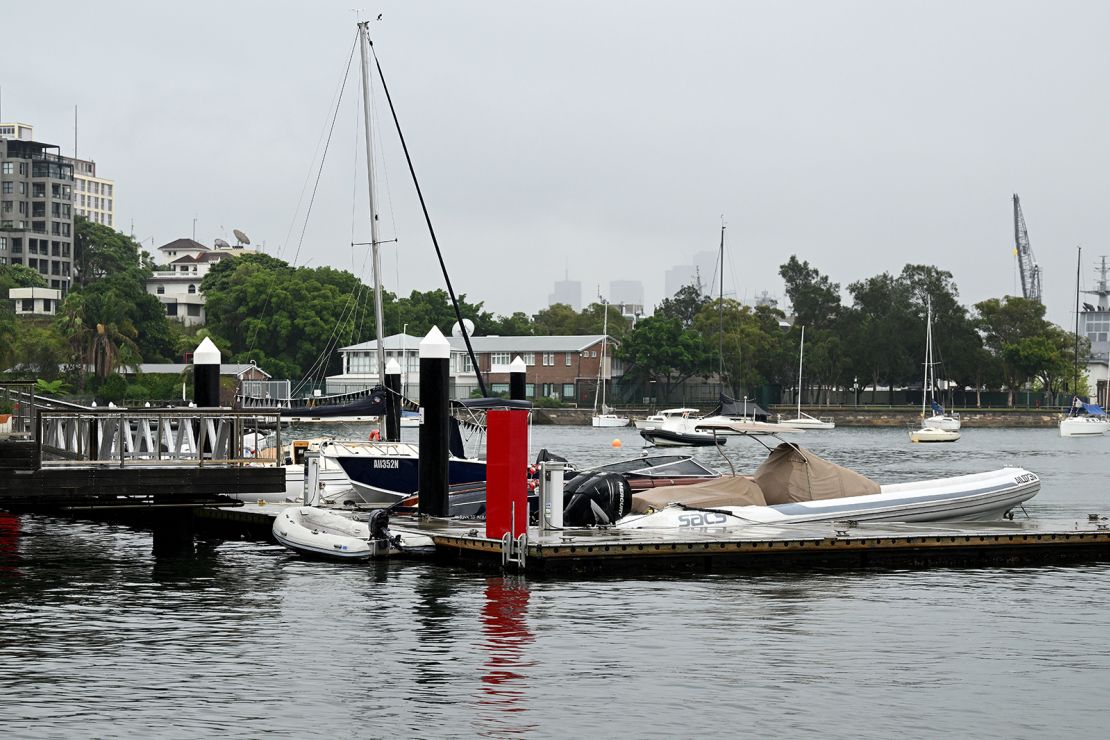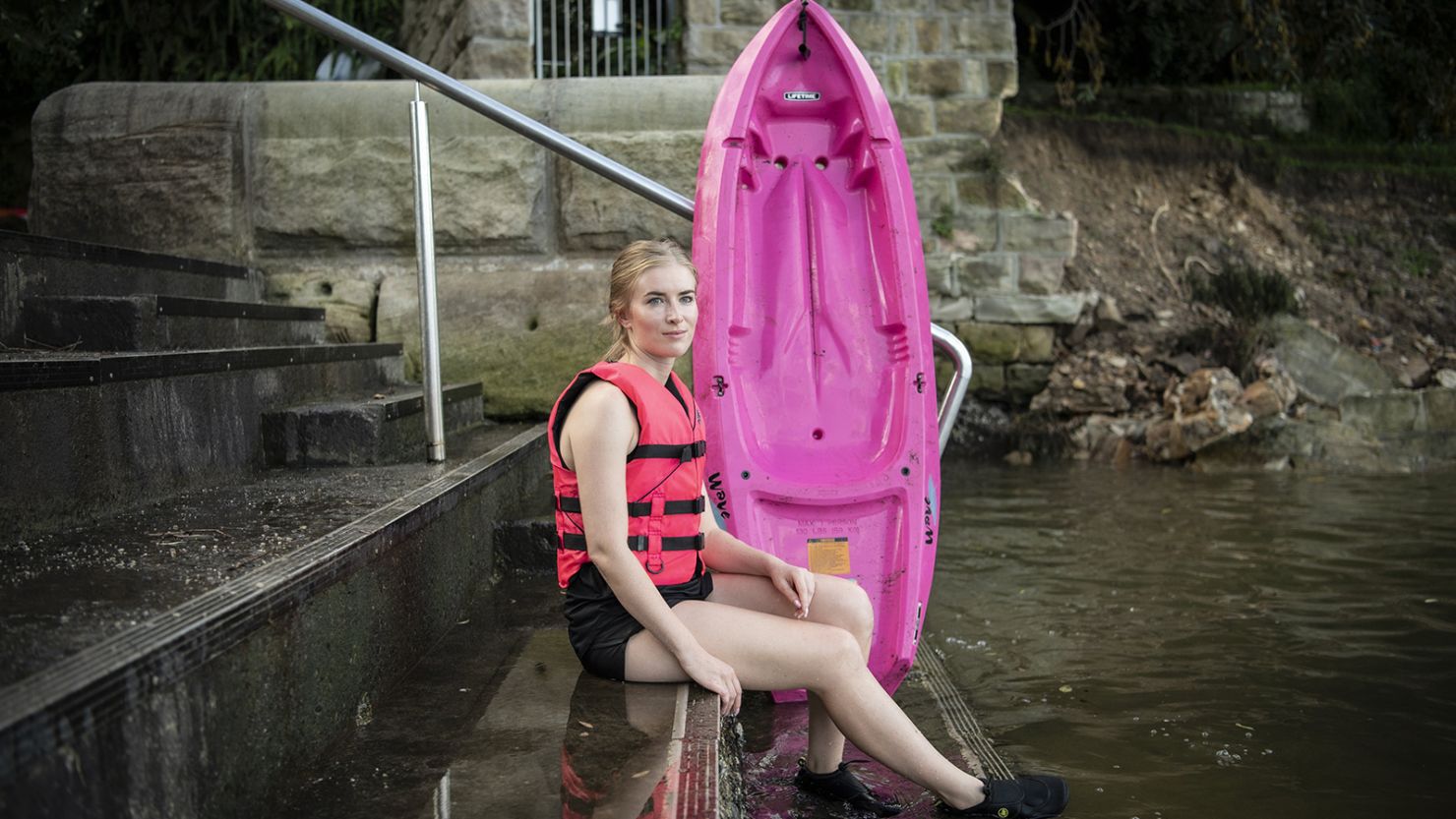A shark attack in an exclusive area of Sydney Harbour not far from the city’s iconic Opera House has prompted calls for swimmers to avoid the water at dawn and dusk when aggressive bull sharks are most active.
A woman, named by local media as Lauren O’Neill, was attacked on Monday evening after going for a dip off a private pier in the upmarket residential area of Elizabeth Bay.
Expert analysis of the bite suggests it belongs to a bull shark, a common species that can grow up to 11.5 feet (3.5 meters) long, and is a frequent visitor to the harbor’s warmer waters at this time of year.
Sydney Harbour is central to life in the city of more than 5 million people as a means for daily commutes to work and local beaches, and as a place to explore and have fun on the weekend.
Monday night’s attack was the first in Sydney Harbour since 2009, when a bull shark tore off the arm of an Australian Navy diver near Green Island.
Sydney councilor Linda Scott told CNN the latest attack had shocked residents; however, she said it was unlikely to deter them from getting into the water.
“Sydney residents do love swimming in Sydney Harbour. There are local swimming groups around Potts Point and Elizabeth Bay that meet regularly to swim,” she said.
“Whilst this recent attack is a shock for Sydneysiders, the risk of unprovoked shark attacks are incredibly rare,” she said. “Sydneysiders embrace our beautiful harbor but do so knowing it’s a marine ecosystem.”

Dusk attack
As the sun set on Monday, O’Neill, a kayaker, was in the water near a private pier when a bull shark sunk its teeth into her right leg.
Witness Michael Porter told CNN affiliate Sky News he had just returned from work when he heard a “soft yell for help” through his front window.
He rushed outside to find O’Neill clinging to a ladder attached to the pier, surrounded by water stained red with blood.
“It was like the worst horror movie you’ve ever seen,” Porter told Sky News.
Local veterinarian Fiona Crago also heard her cries and rushed to the pier with two compression bandages that she used to wrap the wound and stem the flow of blood.
“She was severely mauled on her right leg, and she was losing a lot of blood,” Crago told 10 News First.
“My neighbors were amazing … people around her were reassuring her. She actually did remain conscious for the whole ordeal. She was just so brave. She was so polite. She was saying ‘thank you’ to people,” she said.

Warmer waters mean more sharks
Australia is second only to the United States when it comes to “unprovoked” shark attacks, according to the International Shark Attack File.
Most in Australia have occurred in New South Wales, home to the world’s largest shark tagging program.
Along the coast, from Bega Valley in the south to Tweed Heads on the Queensland border, drones, listening stations and drumlines are employed to detect the presence of sharks.
Many locals use the SharkSmart app to receive alerts when a tagged shark is detected within 500 meters (1,640 feet) of one of 37 shark listening stations positioned along the coast. Alerts are also sent to an account on social media platform X. This week alone, eight tagged bull sharks were detected by the system, according to the state government.
Dr. Amy Smoothey, a shark scientist from the NSW Department of Primary Industries, says her team has tagged 264 bull sharks since 2009, and of those 87 were within Sydney Harbour. The most tagged sharks detected in the harbor on a single summer’s day was 18, she said.
Based on their research, the sharks move into shallow areas to feed in times of low light, at dawn and dusk, with increased risk after heavy rain that makes the water murky and ideal for ambush predators.
January and February are peak months for bull sharks in Sydney Harbour, which go there to feed and breed during the warmer months. When the temperature drops, they swim back into the open water and travel north for winter and spring, Smoothey said.
“Water temperature currently in Sydney Harbour is a beautiful 22 or 23 degrees (about 72 degrees Fahrenheit) so it is the preferred water temperature of bull sharks,” she added.
Despite the frequency of visits by bull sharks to Sydney Harbour, there’s no separate system to monitor them.
The harbor covers a vast area of some 21 square miles (55 square kilometers). That it’s used by tens of thousands of people each day with very few interactions with bull sharks suggests the risks are low if people take precautions, Smoothey said.
Climate change means the sharks are likely to linger longer in the region’s coastal and harbor regions, she added.
“Modeling of bull shark movements in relation to forecast strengthening of the East Australian Current suggests that bull sharks will be active in NSW waterways for longer due to the availability of their preferred water temperature,” Smoothey said.
Scott, the councilor, said officials investigating the circumstances of Monday’s attack will determine if more precautions need to be taken.
Until then, she didn’t think Sydney swimmers would stop entering the water.
“Residents who I’ve spoken to in the last 24 hours understand that the very low risk of an unprovoked shark attack is something that we live with in our beautiful Sydney Harbour,” she said, adding that people need to take sensible precautions.
“Swimming in the right places, swimming during daylight hours, swimming away from fish bait or sewage outlets,” she said. “Taking all steps to reduce the risk means that we can all live together in harmony.”




